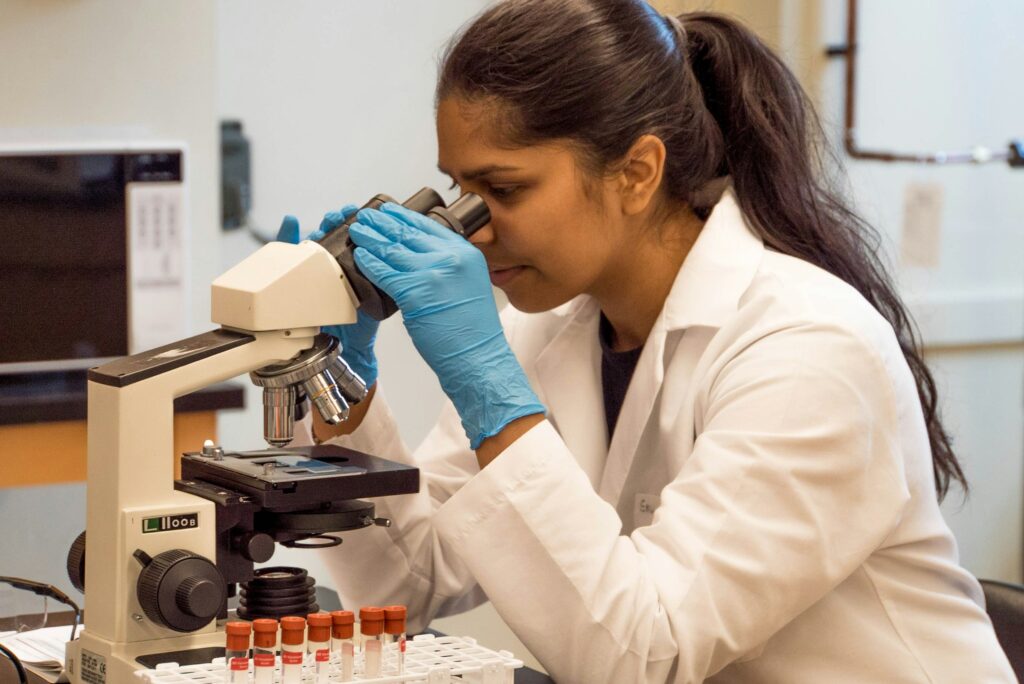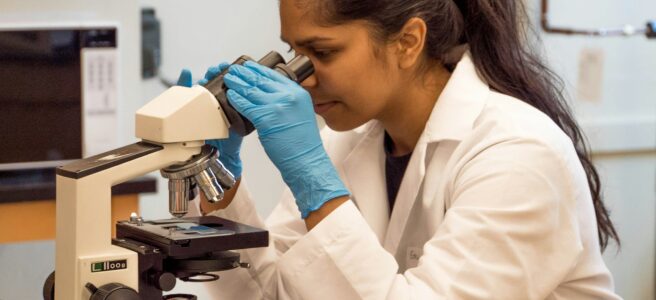Endless Pokes
I got normal lab results again recently. It was just a CBC with differential. Nothing big. But still another poke. I’m used to labs by now. I can tell the phlebotomist exactly where to poke me for the best access (the back of my hands, towards the outside). “And when it likely fails, don’t worry, new friend, it’s me, not you,” I say every time. They inevitably laugh and say they’ll be able to get it because the vein looks excellent. Their naivety is adorable. I smile tightly. “Yep. it sure does.” And sigh on the inside. I have terrible veins that don’t like to cooperate. Drawing blood is much easier than setting an IV, though. IVs often take multiple attempts and multiple nurses. This time, I was lucky, and the phlebotomist got me on the first poke. I still have a nice hematoma, though.
The results came back the next day. I am the picture of health according to them.
Ha. Ha haha hahahahahahahahaha. Excuse me while I try not to have an asthma attack from laughing so hard.
Clearly, I am not.
But yet, that is what my labs almost always say—normal results. All my tested biomarker levels are in healthy ranges. Well, that’s just great. I’m glad they are. Really, I am. It means my medication isn’t damaging my organs (yet), and my immune system is managing to be okay. But that doesn’t help us measure what is happening in my body.
The labs, of course, provided no real answers—except what was not wrong with me. This is helpful to an extent—don’t get me wrong—but ruling things out is almost as helpful—but they are not the actual answers.
Labs
The problem with my condition is that very few labs can actually measure what is going on. And those few labs are notoriously tricky to do. The chemicals measured are extraordinarily fickle and break down very quickly. Sample collection requires collecting urine in a particular container for 24 hours and keeping it chilled the entire time. The samples have to be constantly refrigerated, even during transportation. Even 5 minutes outside of a cooler can ruin the 24 hours of work (and it is work!). There’s a bit of art in keeping the samples chilled. Patient groups frequently pass these tips on to the “newbies.”
Few laboratories are equipped to perform the labs, and fewer are knowledgeable enough to keep everything adequately chilled. The margin for error for these tests is massive, and they are unreliable. A negative result doesn’t rule out anything. It probably means someone messed up the test. Even when everything is supposedly done properly, results can be inconclusive or normal. It’s incredibly frustrating—all that work and expense for naught. Many patients try these labs repeatedly, trying to get the elusive positive result.

Testing
When I was first diagnosed in 2015, I had more labs that came back unhelpful. I did everything right, but I still didn’t get ideal lab results that conclusively proved my diagnosis. Fortunately, my doctor felt (and others have since agreed) that the labs and my symptoms were enough to give me my diagnosis. I am so, so grateful. Not every patient is so lucky.
When I got sick at age 14, I learned the anguish of labs that don’t provide answers. I remember one phlebotomy session where 18 large vials of blood were taken. Then, I had a bleeding time test. They were trying to figure out if I had a clotting disorder, among many other things, I’m sure. I remember thinking that it was ironic they were taking so much blood when we had just had a conversation with the doctor about whether I needed a blood transfusion because of how little blood I had. I do have a blood disorder–they were right about that, but the fickle labs for it wouldn’t be invented for another 10+ years. My condition wouldn’t even have a name for another 10 years. It was impossible to find then.
Countless labs have followed in the years since. More normal or inconclusive lab results. Maybe this time will be when my body finally objectively proves something is wrong? No, not this time.
But I am sick! I yell at the screen of normal numbers. Why won’t you show that!? Something is wrong. Please show the doctors I am not making this up! Please tell them I am not crazy! For once. just tell us something helpful. Please!
Objective vs. Subjective Findings
Doctors like to have something to show them what’s wrong, something to justify the symptoms. They like to measure and count, which allows them to mark improvement or digression. When labs don’t support the patient’s symptoms, doctors are asked to rely on subjective findings. Subjective findings are the bane of our lives. Don’t even get me started on the pain scale.
One specialist and I spent months experimenting, testing, endoscopies, and biopsies, trying to find a good marker for me so we could see if any treatments were helping. All we ended up doing was almost killing me when we found out I was super allergic to the multiple feeding tube formulas I was briefly on. That was SUPER helpful to know, so I count the whole thing as a win (no other circumstances would have given us the allergy info). But my doctor still, years later, feels horrible about making me so sick–and that it still didn’t even give us an accurate, objective way to measure anything objectively on me.
I’ve had doctors that won’t give weight to subjective findings. If there’s nothing clinically wrong, then there’s nothing subjectively wrong–the patient is either making them up or exaggerating them. I worry that the ordering doctor will review the results whenever I get a normal lab result and say, “Ah, just as I thought. Megan, you’re fine. You’re just malingering. You need to lose weight and exercise. Here’s a psych referral.” Or they might even note in my chart the terrifying label of “Munchausen’s.” I think this is something most, if not all, patients with invisible diseases are terrified of. Especially those with the really invisible diseases–the conditions invisible to even lab tests.
Doing My Part in the Process
Fortunately (?) I do have a few physical symptoms. Anaphylaxis is obviously a clear, objective finding. But even my hives are mostly invisible! How the heck am I supposed to show doctors I have hives when they are under my skin? Before I had my significant symptoms, I had years of a lot of little problems with very few supporting clinical findings.
I’m so incredibly blessed to have doctors who believe me. They keep looking and running test after test, trying to find something they can measure. And when we don’t see anything, they still listen, and they still believe me and my symptoms and still keep treating me. I’ve worked hard to be a trustworthy patient, so what I describe is accurate and not exaggerated. I keep notes and journal my health so I can be a reliable witness to the failings of my body. I work hard to be an active and educated participant in my health journey. If I am not, who else will be?
I know how often doctors cannot trust patients. As Dr. House so often said, “Patients lie.” I earnestly seek to be the patient who does not.
How else will the doctors believe me when it’s my labs that are the ones lying?

